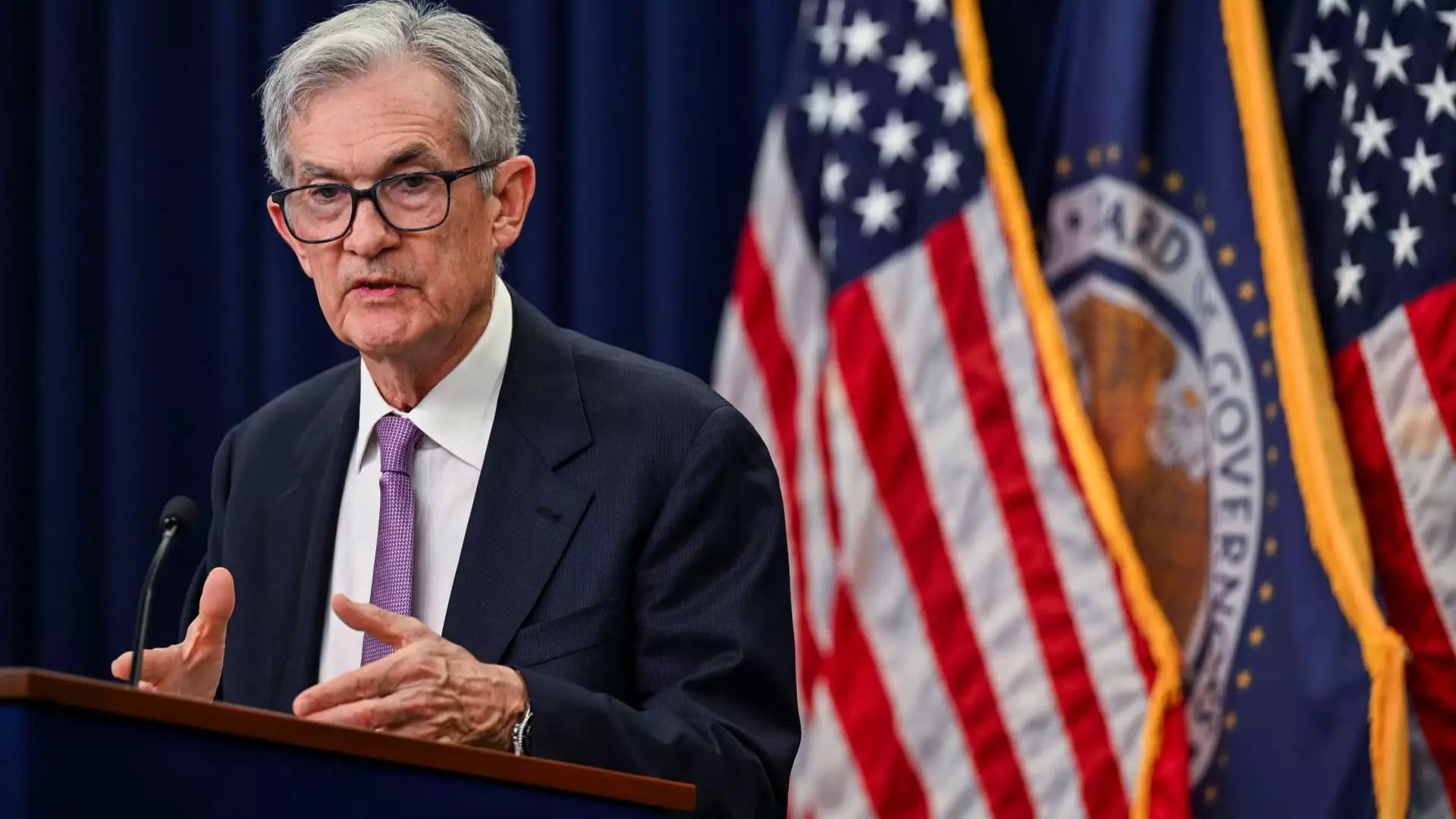Recent communications from the Federal Reserve reveal a conservative stance regarding interest rates, indicating only two anticipated quarter-point cuts in 2025. This projection contrasts sharply with the previous forecast made in September, which hinted at a more aggressive approach with an expectation of four quarter-point reductions, totaling a full percentage point decrease. The latest assessment reflects a revision in the median expectations for the benchmark lending rate, predicting a decrease to 3.9% by the end of 2025, aligning with a target range of 3.75% to 4%. The Fed’s dot-plot—an important tool illustrating individual members’ rate expectations—suggests a cautious approach, with 14 out of 19 officials personally supporting this more restrained outlook.
The Federal Reserve’s decision to limit rate cuts could indicate a more robust view of the economy’s performance in the near term. Following their latest policy meeting, where the overnight borrowing rate was adjusted to a target range of 4.25%-4.5%, the data suggests a complex landscape for economic growth. The cautious projections may reflect concerns that rapid rate cuts could inadvertently destabilize the economy or spur unwanted inflationary pressures. The indication of two additional cuts through 2026 and a further cut in 2027 showcases a long-term wait-and-see strategy that aims to balance growth with inflation control.
Alongside interest rate discussions, revisions in inflation expectations also caught the attention of analysts. The Federal Reserve now projects headline inflation to rise to 2.4% and core inflation to 2.8%, adjustments from earlier predictions of 2.3% and 2.6%, respectively. This upward movement in inflation forecasts suggests an increase in costs, which may prompt the Fed to remain vigilant in its assessments and policy modifications. Additionally, the central bank has adjusted its GDP growth estimate for 2025 to 2.5%, marking an increase of half a percentage point from previous projections. However, this optimistic short-term outlook is tempered by expectations for GDP growth to taper down to a long-term projection of just 1.8% in subsequent years.
In a slightly more positive vein, the Federal Reserve has lowered its unemployment rate estimate to 4.2%, down from the earlier projection of 4.4%. This indicates a belief in the labor market’s resilience and its capacity to support ongoing economic recovery. The reduced unemployment forecast underlines the Fed’s confidence that job creation will proceed at a healthy pace, despite facing headwinds from inflationary pressures and rate adjustments.
The Federal Reserve’s current trajectory emphasizes a deliberate approach to monetary policy, balancing the intricacies of economic indicators with the unpredictable nature of inflation and growth. As officials navigate this complex terrain, their restrained rate cut forecast signals a cautious optimism, suggesting they are prepared to adjust policies based on further economic developments. Investors and policymakers alike will need to stay attuned to these evolving projections as they reflect underlying dynamics that could shape the economy in the years to come. The Fed’s latest insights reiterate that while optimism persists, vigilance remains key in a fluctuating economic landscape.

